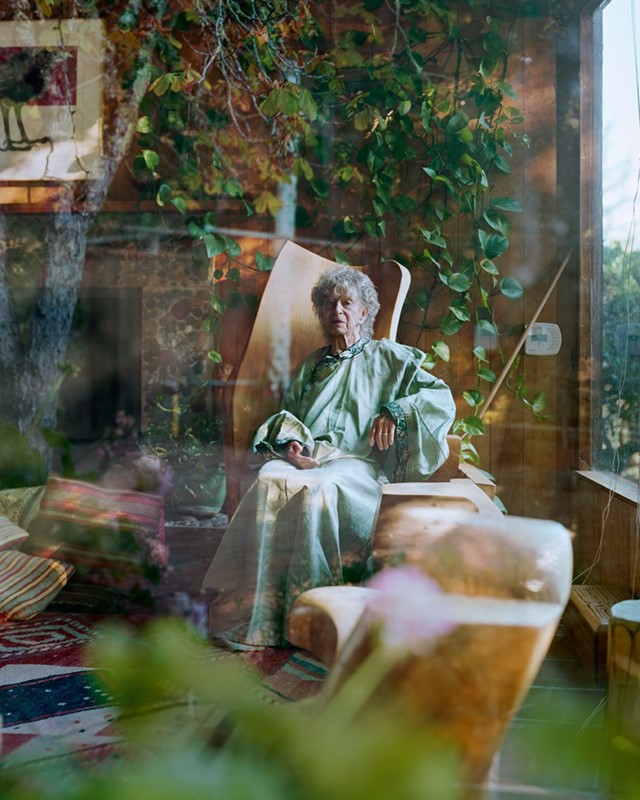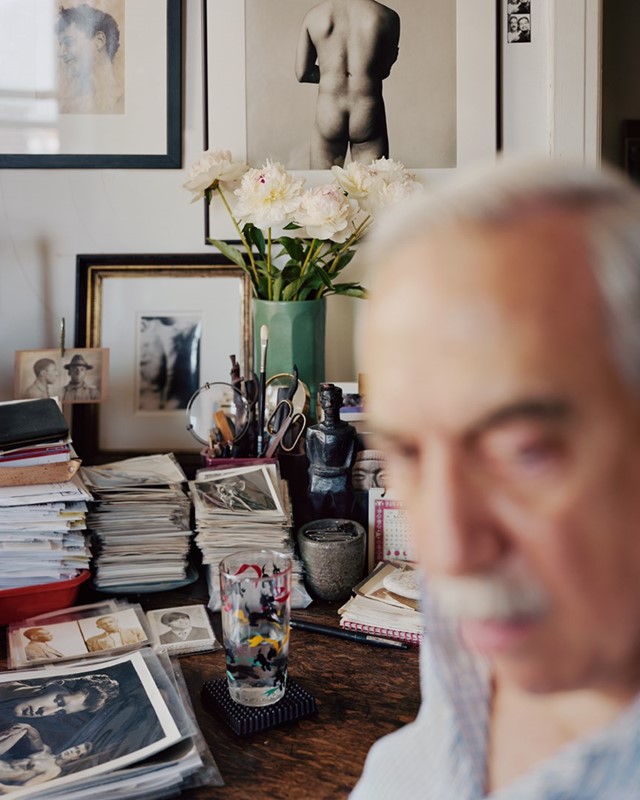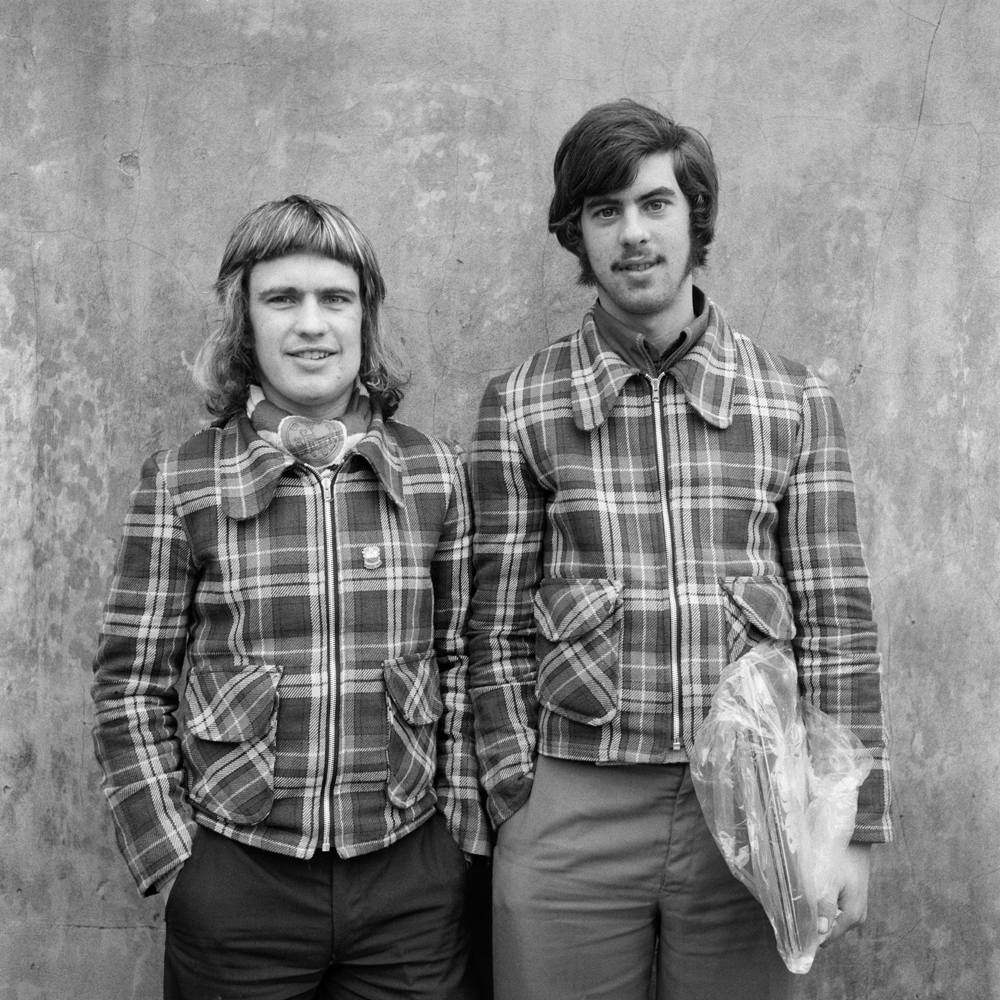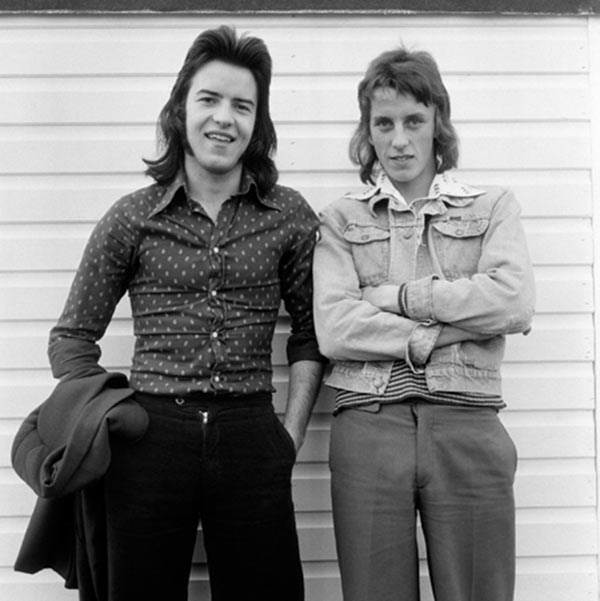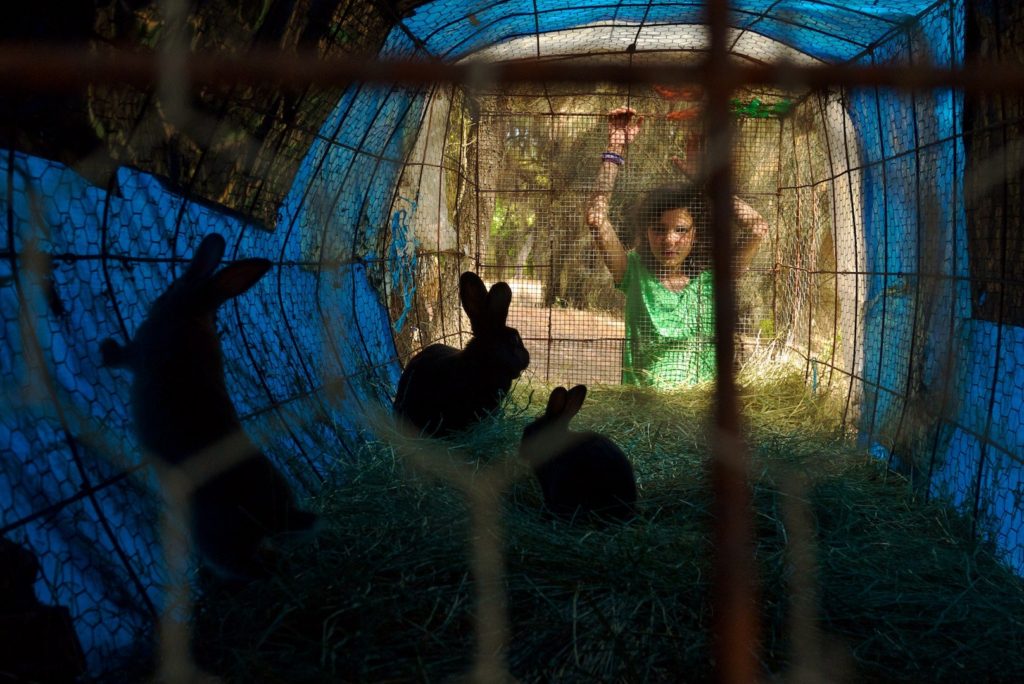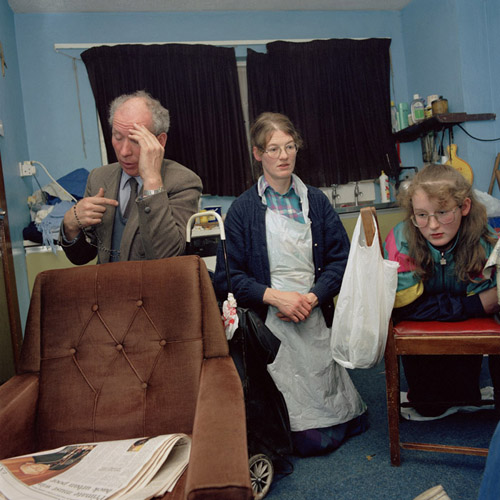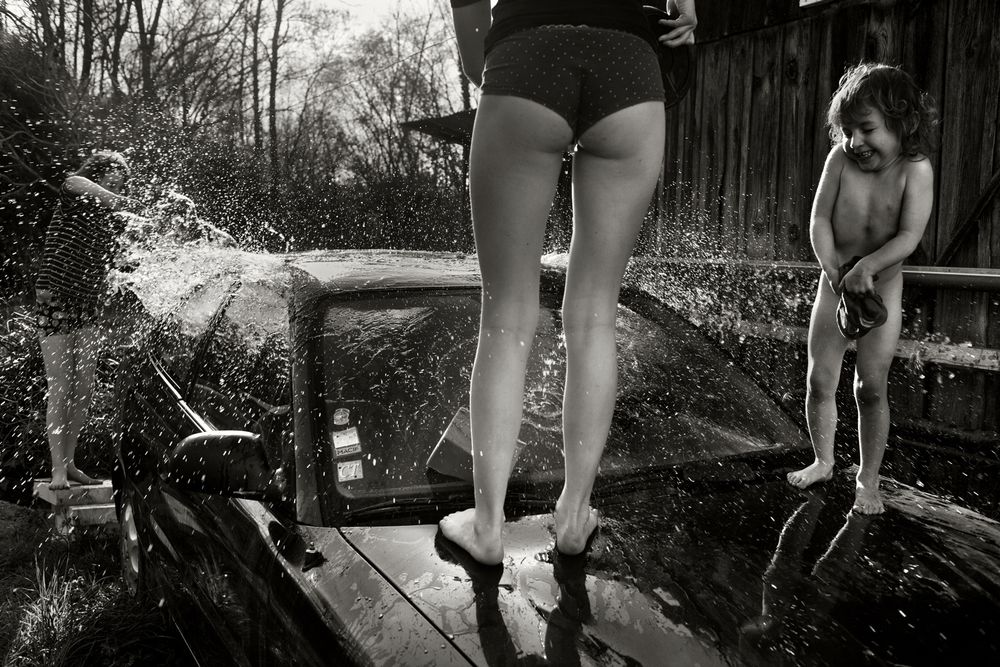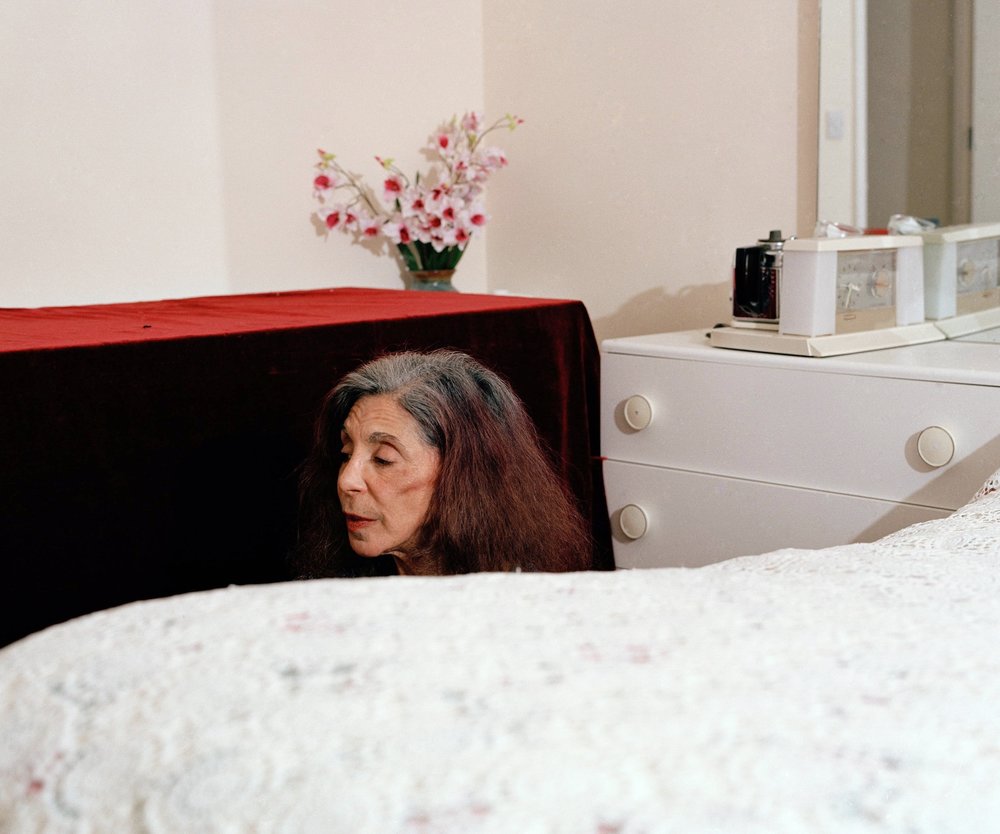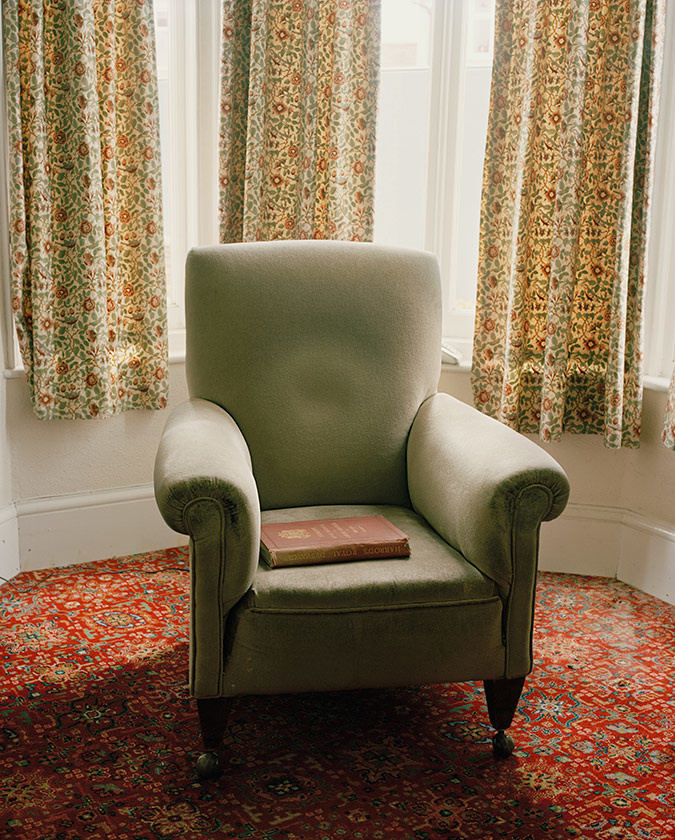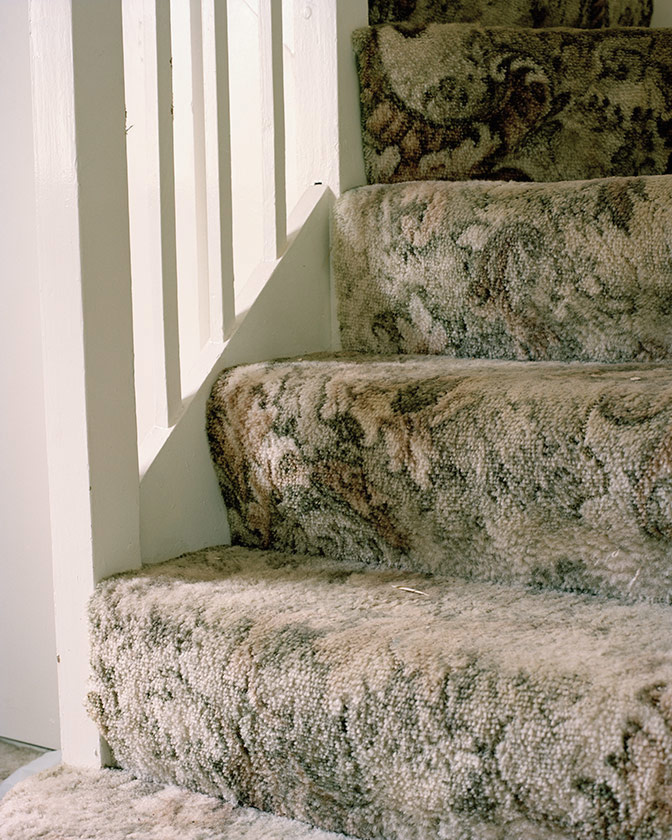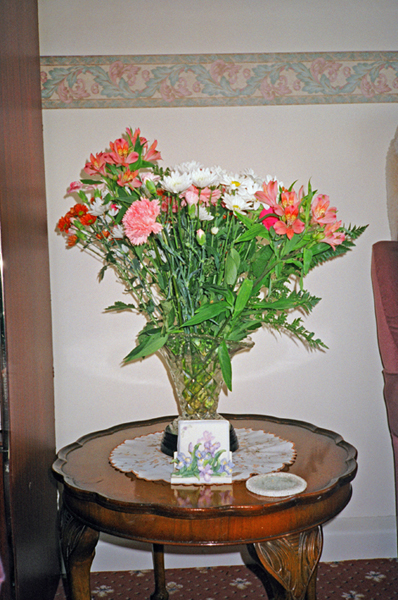During the autumn term we will set you a weekly photo-assignment which compliments the other work we are doing in class. More importantly these assignments are designed to improve your photographic skills, allow you to be creative with a camera and bulk up your image archive which will help you build a coherent body of work from which you can develop personal stories, interesting visual narratives and refine different outcomes such as designing zines, photobooks and presenting final prints.
In these tasks you will be assessed on effort, camera skills, creativity and overall aesthetic quality of your photographs. You are required to make a self-assessment of each of your shoots using mark sheet at the end of the post.
PHOTO-ASSIGNMENT 1: Home Sweet Home
Environmental Portrait – RULE: Use tripod
Candid portrait
DEADLINE: Wed 25 Sept
ENVIRONMENTAL PORTRAIT: A formal portrait with emphasis on environment and setting of the model that may suggest the person’s social, economic, cultural background.

Larry Sultan: Pictures from Home

Recent interview in New York Times with Alec Soth about his new book I Know How Furiously Your Heart is Beating and a review by Sean O’Hagan in The Guardian.

Daniel Meadows: Middle England, 1973-79
Read Fieldwork a study on Daniel Meadows by curator and academic Val Williams
CANDID PORTRAIT: An informal portrait that presents a ‘natural’ look and capturing a moment, seemingly without artifice.
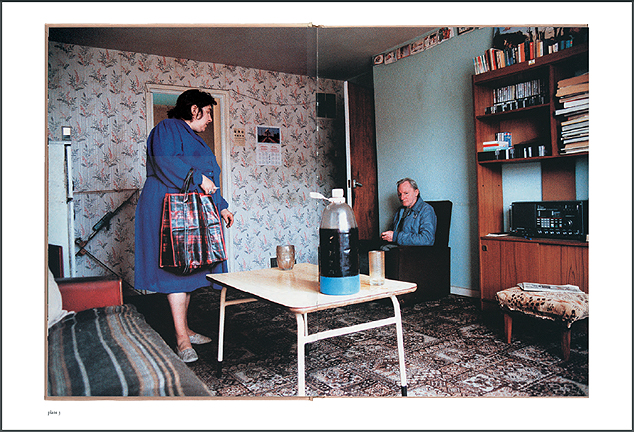
Richard Billingham: Ray’s A Laugh
Read article in The Guardian by Tim Adams
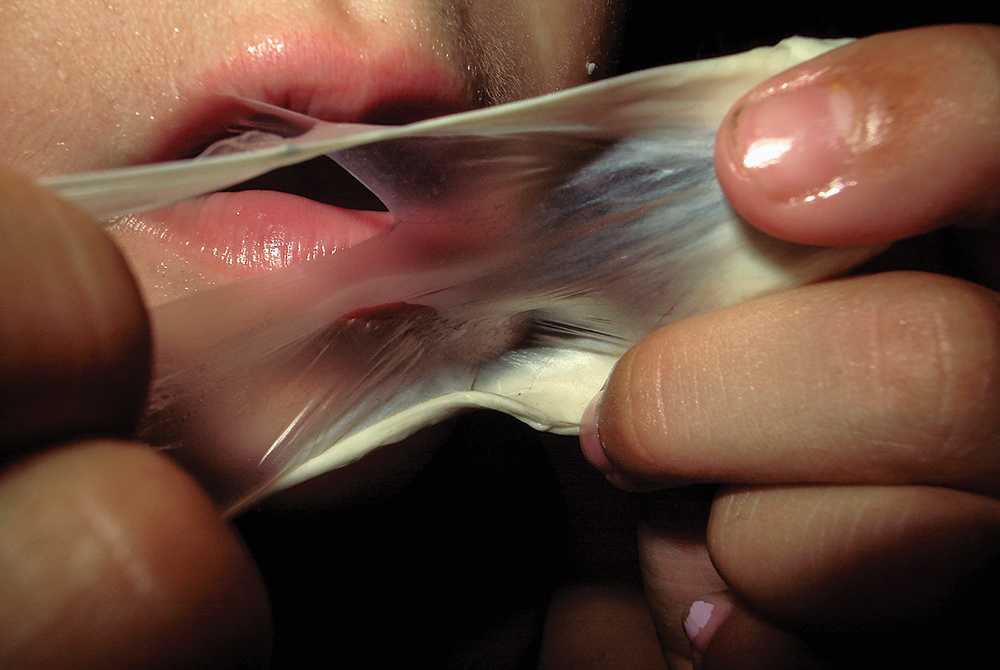

Sam Harris, The Middle of Somewhere


Anthony Haughey: Home, 1989-1990
PHOTO-ASSIGNMENT 2: Home Sweet Home
Establishing shot — RULE: Use tripod
Detail shot
DEADLINE: Wed 8 Oct
ESTABLISHING SHOT: a group portrait of two or more members of the family where you are constructing an image that tells a story. This image can be naturally observed or staged. The main focus is conveying a sense of narrative.

Daniel Meadows: June Street Salford, Manchester, 1973

Sian Davey, Martha
Read interview here in The Guardian


Alain Laboile, La Familie
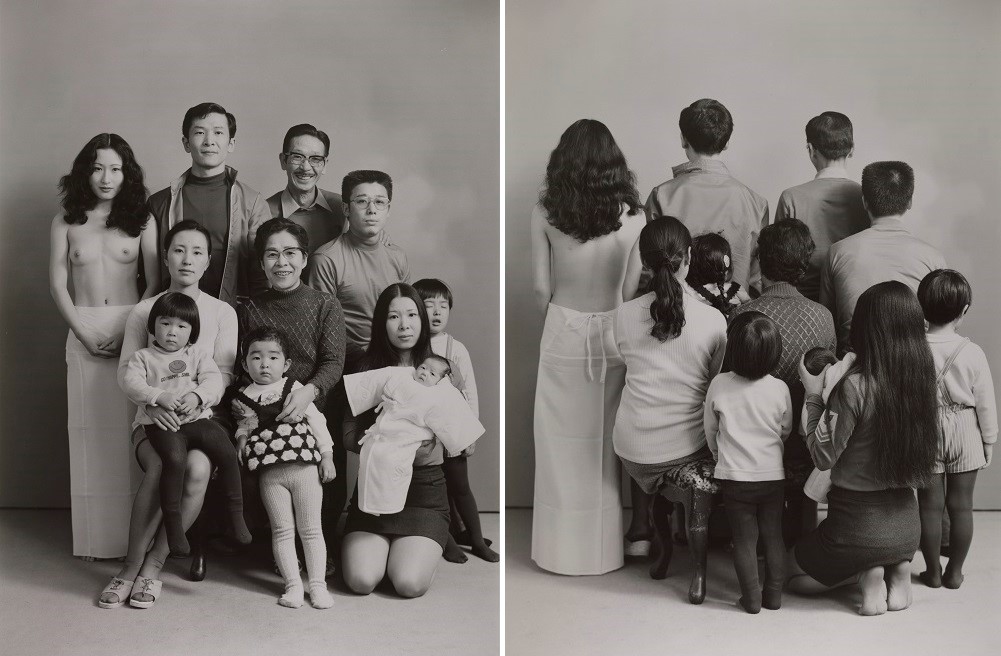
Masahisa Fukase: Family
‘My entire family, whose image I see inverted in the frosted glass, will die one day. This camera, which reflects and freezes their images, is actually a device for archiving death’. – Masahisa Fukase
For three generations the Fukase family ran a photography studio in Bifuka, a small provincial town in the northern Japanese province of Hokkaido. In August 1971, at the age of 35, Masahisa Fukase returned home from Tokyo, where he had moved in the 1950s. He realised that the Fukase Photographic Studio, which his younger brother managed, combined with the growing family members, constituted the perfect subject for a series of portraits. Between 1971 and 1989, he returned regularly and used the family studio, the large-format Anthony view camera and the changing family line-up as the basis for the series. True to his style, Fukase often introduced third-party models and humorous elements to juxtapose the ineluctable reality of time passing and the dwindling family group. He continued the series through his father’s death in 1987, up until the closure of the Fukase studio due to bankruptcy in 1989, and the consequential dispersion of the family.
DETAIL SHOT Focus on a detail of a person or close up of something that conveys something about the individual character or identity eg. age, race, gender, sexuality, fashion, hobby, lifestyle etc.
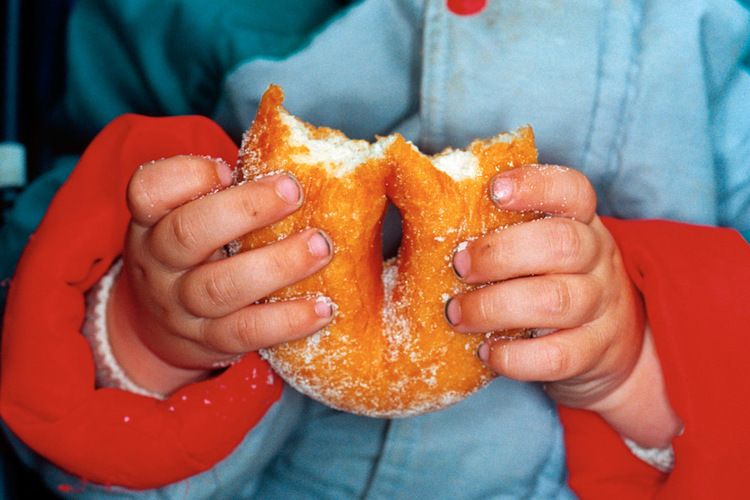


Martin Parr: Common Sense
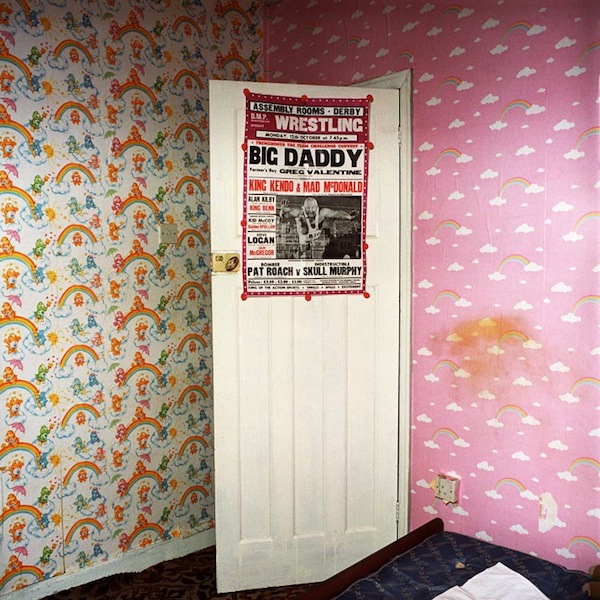

David Moore: Pictures from the Real World, 1987-1988

Natasha Caruana: The Other Woman, 2005
Sarker Protick: What Remains
PHOTO-ASSIGNMENT 3: Home Sweet Home
Interior — RULE: Use tripod
Exterior
DEADLINE: Wed 22 Oct
INTERIOR: Photograph your home with no people in it. Choose the locations where you shot your portraits. Make sure to consider rooms with interest, eg. space, decor, furniture, objects on display etc.
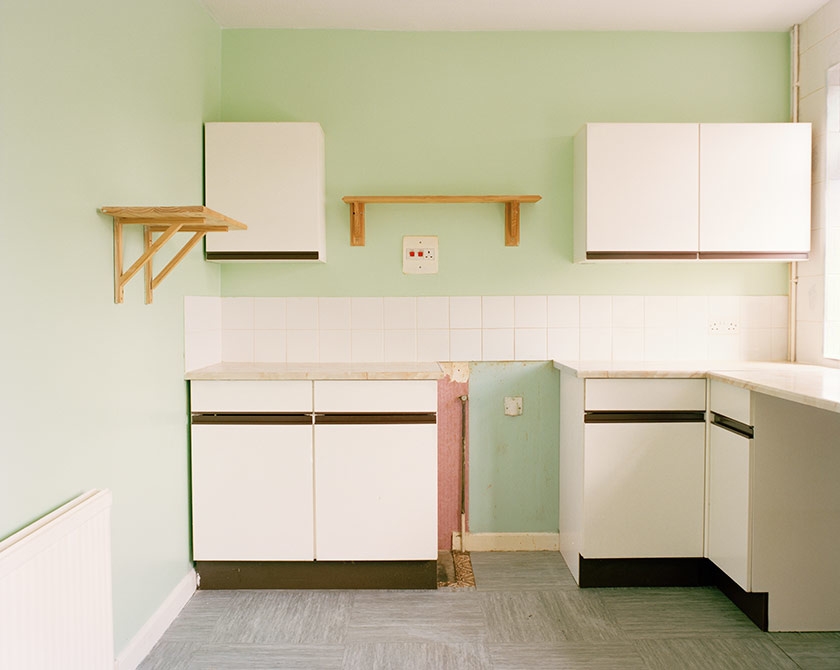

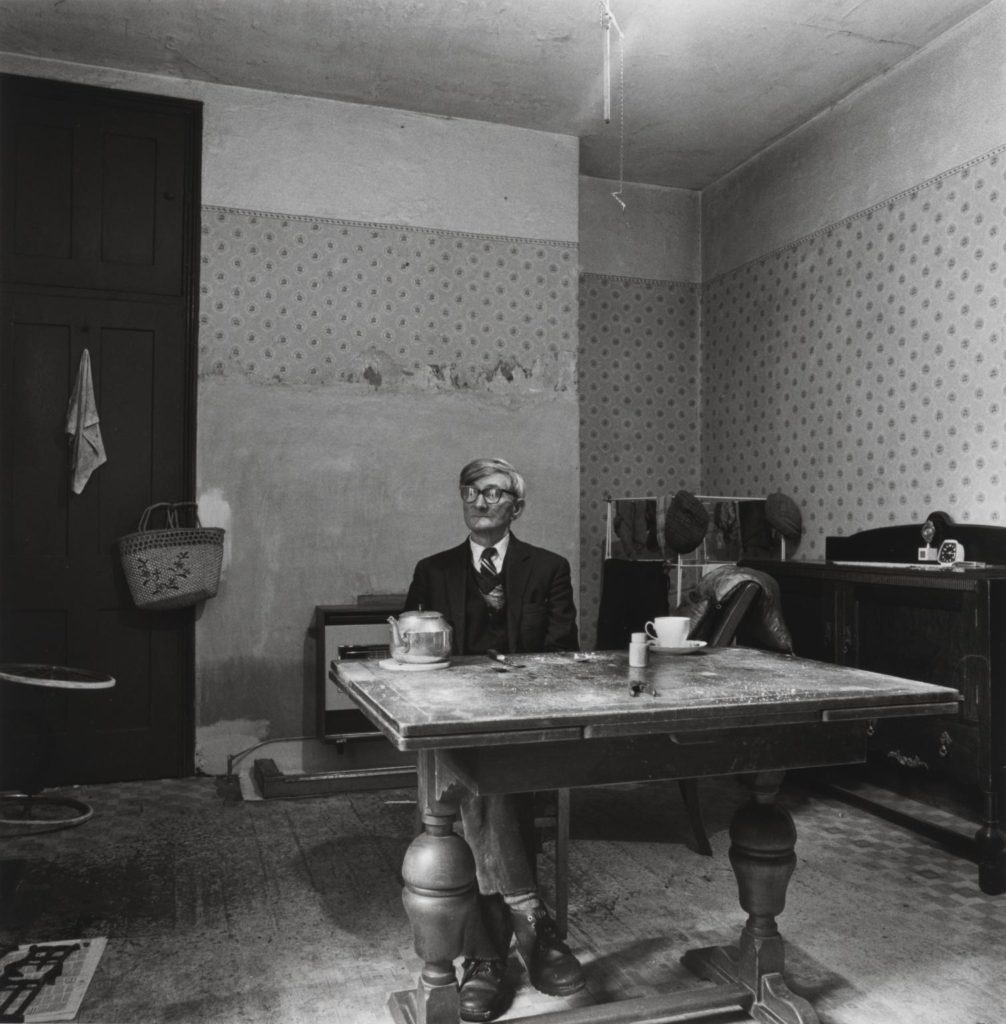
Sirkka-Liisa Konttinen: Byker, 1975-1980
Anna Fox: Mum in a Million, 2007
EXTERIOR: Photograph your home from the outside, using different points of view from the garden, road. Consider different angles, details as well as deadpan approach. Include fences, hedges. Produce a typologies of every house on your street photographed from the roadside.


Stephen McCoy: Housing Estates Box Set, 1985
Robert Adams: New West
Robert Adams: Summer Nights
For further inspirations: See exhibition Home Sweet Home and book of the same name (see in class). Read feature here on Lensculture

GUIDELINES
Consider the following
- LOCATION: at home in the living room, kitchen or bedroom, consider natural light (window light) and backdrop. Location can also be outside of the house during daylight
- MODEL: family members, parents, brother, sister, grandparents, aunts, uncles, friends.
- POSING: ask model to try out different poses and control how you set up the people you are photographing choosing appropriate location and backdrop.
- FRAMING: full-body, half-body and head-shots, experiment with different angles and use appropriate focal lenght (ie. wide-angle lens 18-35mm, standard lens 50mm, telephoto lens 70-300mm).
- LIGHTING: consider source and direction of lighting
- INSIDE: use natural light through window as side light
- OUTSIDE: Avoid direct sunlight or dull grey overcast light in the middle of the day. Choose softer light, early morning/ late afternoon, sunlight diffused by clouds etc.
EVIDENCE
From each assignment complete the following and publish on blog:
- EDITING: Upload and process images from each photo-shoot using Lightroom. Make a rough edit of 8–10 images and evaluate.
- EXPERIMENTING: Show experimentation with different adjustments/ techniques/ processes in Lightroom/ Photoshop appropriate to intentions.
- ANALYSIS: Select at least 2 key images and analyse in depth using this methodology: TECHNICAL > VISUAL > CONTEXTUAL > CONCEPTUAL. Compare with examples of artists references where appropriate.

- EVALUATION: Evaluate your assignment and make a self assessment based on the criteria, EFFORT, SKILL, CREATIVITY and AESTETHIC using this mark sheet and post on the blog.





